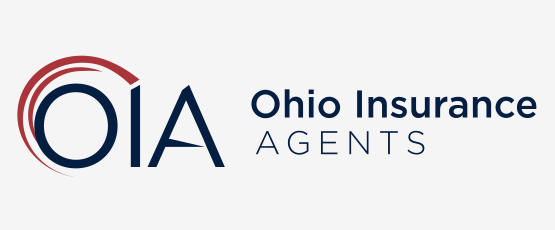
Written by Kelly Donahue-Piro, President & Co-Founder at Agency Performance Partners & Agency Appeal
I’m too busy… It’s what I will inevitably hear within 30 minutes of setting foot inside of an agency…
Think about it, how often do we hear “too busy” at work, at home and in our personal lives? It’s almost an automatic response most days. Two things that can go hand in hand are “busy” and “negativity.” In our Agency Assessment we have polled 750 agents across America and almost 70 percent of people feel there is a negative influence in their agency. To me that’s a number we all need to address to make sure we minimize negativity.
At an early age, I learned that a negative attitude simply won’t yield a positive result. Like how talking about the problem takes time away from solving the problem. So, if your agency maybe has a little rain cloud over it, or you have the “too busy” blues – let’s take a moment to review how efficient we are.
Business for Dummies has a great definition for inefficiency: “Inefficiency is when you spend more money than you needed to in order to arrive at the same result.”
When there is negativity in your agency you can start to see the following impacts:
-
Increased mistakes
-
Decrease in following the agencies’ processes and procedures
-
Damages to the team morale
-
Increased absences
-
Increased problems or complaints being logged to management
Negativity causes inefficiencies. People aren’t filled up to help support each other, complete work and, most importantly, they are indifferent to agency goals. They feel that they are working very hard but just can’t get there.
For example, I recently did a 3-day training at a carrier that had a negativity problem and I met the one manager who was ready to squash the negativity.
This carrier had a particularly difficult period with some technology rollouts that had significant challenges. Everyone was bummed, the challenges weren’t over, and they were on the apology tour.
This manager had made a decision – she parked at the very end of the parking lot and would take her phone and blast music as she walked into work to get her herself psyched to face what would no doubt be a difficult day. She didn’t stop when she got to the door of the building. Nope, she rocked it all the way to the third floor! You go girl!
The biggest inefficiency negativity brings to your agency is the team bickering that inevitably pops up.
If the team feels overwhelmed and in the dumps, they tend to self-manage. This means that you hear more about the person who is five minutes late, you hear about the file that wasn’t documented to someone's standards, and you see the team not exactly helping each other and becoming short and not friendly.
At this stage of my career I can feel the negativity in an agency when I walk in. It’s like wearing a winter coat on a summer day; it's just flat out uncomfortable.
So how can we blast out the negativity to invite in the positive vibes?
Get everyone working together and rowing in the same direction, see more smiles, more high fives and more victories?
Here are six steps for getting that rain cloud out of your business and inviting in the sun!
Step 1: Allow Everyone to Have Their Feelings
Everyone is entitled to their feelings, even if they aren’t logical or rational. When you discredit someone’s feelings you push them further away. Their perception is their reality – honor it, don’t challenge it. Getting the rain cloud out is less about being right and more about getting to the solution.
Step 2: Work as a Team to Clearly Identify What Invited the Negativity In
This can be a bit more challenging. You should meet with key people individually to get a pulse on the situation. Generally, it’s twofold. There is the cause and then there are the ways people have reacted to the problem that have made it worse. For example, when people start coming in late, that may be a reaction to them working later to try to keep up because someone isn’t pulling their weight. Or a team member is disengaged because they had a disagreement with someone else; then the problem is the disagreement.
Step 3: As the Leader, Take Full Responsibility
Leadership means that you have responsibility for everything. Maybe you let something go on too long, maybe you didn't address something or weren’t on top of recruiting to fill necessary spots. Own the problem. When you own it, you are taking it off your team’s level. They can stop self-managing and give the power back to you.
Step 4: Outline the Solution
Clearly outline and document the solution. Put a timeline on it. Update people on the solution routinely. Be honest, not every plan will go as planned, but when you are proactively communicating to your team they will appreciate it. Ask your team for their feedback on how to solve the challenge and ask for their support.
Step 5: Amnesty Day
In extreme cases you need to run an amnesty day – this is the day that puts the past in the past and makes today a new day. Say your apologies, talk to the people you have issues with before that day and pick a day to move forward. It’s a fresh start and sometimes we all need to wave the white flag and get there.
Step 6: Monitor the Negativity
Once it’s gone, monitor the negativity. There may be a rain cloud from time to time but make sure it’s just a shower. Plan fun, institute goals and have victory parties. Shift the conversation from the problems to the wins every single day.
If the challenge in your agency is isolated to one person, this needs to be addressed. This is no matter who they are and how long they have been with you or how badly you need them. The impact they are having on everyone else (including you!) is too great.






